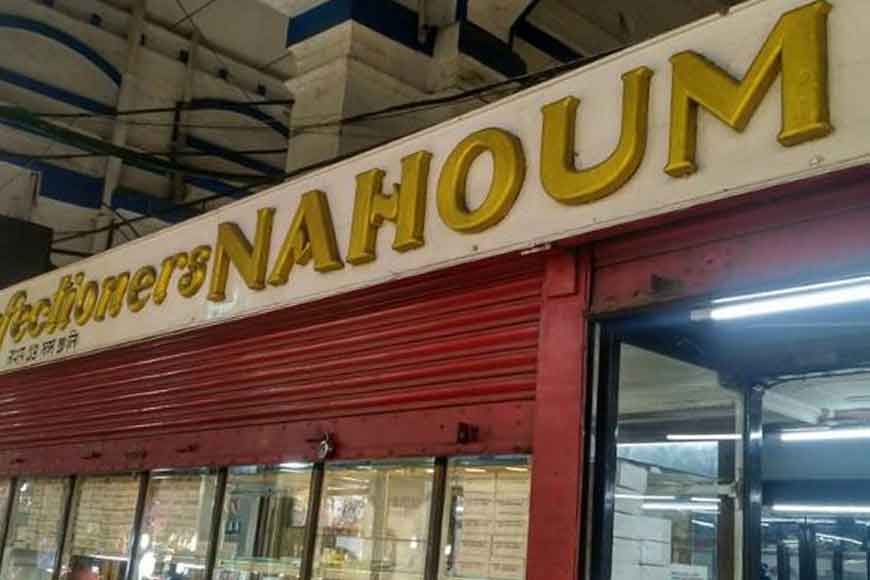Only ‘Whites’ were allowed in New Market during British era!

New Market, the grand old marketplace constructed by the British in 1874, stands as one of the last bastion of Kolkata’s colonial pride, a city that is fast changing with modern skyscrapers and modern structures. The impressive Victorian Gothic market complex stands as an edifice of its aristocratic past. The ambience around has undergone sea-change and that is evident once you enter the market. The different lanes are chock-a-block with tiny shops squeezed in between sprawling outlets and departmental stores. The lanes are almost always overcrowded, chaotic, with shoppers jostling and shoving roughly and scurrying from one shop to another. Window shoppers saunter leisurely and the bustle spills out of the building onto the adjoining streets as hawkers line outside, surrounding the market.
New Market has a very interesting history. Some of the earliest English quarters in Kolkata, were located in Dalhousie Square. The residents frequented Terretti Bazar and Lalbazar nearby, for shopping. Gradually, more British officials and businessmen arrived and newer settlements were established in Kashaitola, Dharmatala and Chowringhee. By the 1850s, British colonists held sway in the city and displayed a visible contempt for the ‘natives’ and an aversion to brushing shoulders with them at the bazaars.

Moved by the outcry from English residents, the then Calcutta Corporation formed a special committee in 1871 to propose construction of an ‘All White’ market, which would cater exclusively to British residents. Accordingly, the Corporation purchased Lindsay Street, where a shabby, old market called Fenwick Bazaar stood. The old Bazar was razed to the ground, and Richard Roskell Bayne, an architect of the East Indian Railway Company, was assigned to design the new market. Mackintosh Company was given the charge to construct the market complex.
On January 1, 1874, New Market was finally ready and opened its gates to the English populace in the city. A spacious area outside the market was earmarked for parking horse-drawn carriages. Brits from all over the country visited Calcutta to shop at exclusive retailers like Ranken and Company (dressmakers), Cuthbertson and Harper (shoe-merchants) and R.W. Newman or Thacker Spink (famous stationers and book-dealers) from England.
The Chairman of Calcutta Municipal Corporation, Sir Stuart Hogg spearheaded the construction of New Market and hence in 1903, the market was named Sir Stuart Hogg Market in his honour. To the native population, it came to be known as Hogg Saheber Bazaar. While it is still referred to occasionally as Hogg Market, the name New Market (because it replaced the old Fenwick Bazaar) has stuck for more than a century now. The forum kept expanding as the city grew in importance over the years. The northern portion of the market came up in 1909 and the south flank was extended just before World War. The historic clock tower on the southern end of the market was shipped over from Huddersfield and installed in the 1930s.

Florists were located near the front entrance, and stalls selling fresh and preserved foods were placed towards the rear of the market. The vegetable and fish markets were added in the early 20th century, and, until the mid-1970s, at the very back of the market, exotic animals were sold as pets.
Despite swanky shopping malls popping up all over the city, New Market, which has survived two devastating fires and regular flooding, remains at the core of the shopping experience in the city. Over 2000 stalls under its roof sell everything from clothing to wheeled luggage to electronics to crockery and cutlery. The iconic Nahoum’s Bakery shop is located here and two exotic varieties of cheese: Bandel Cheese and Kalimpong cheese, are sold here.










